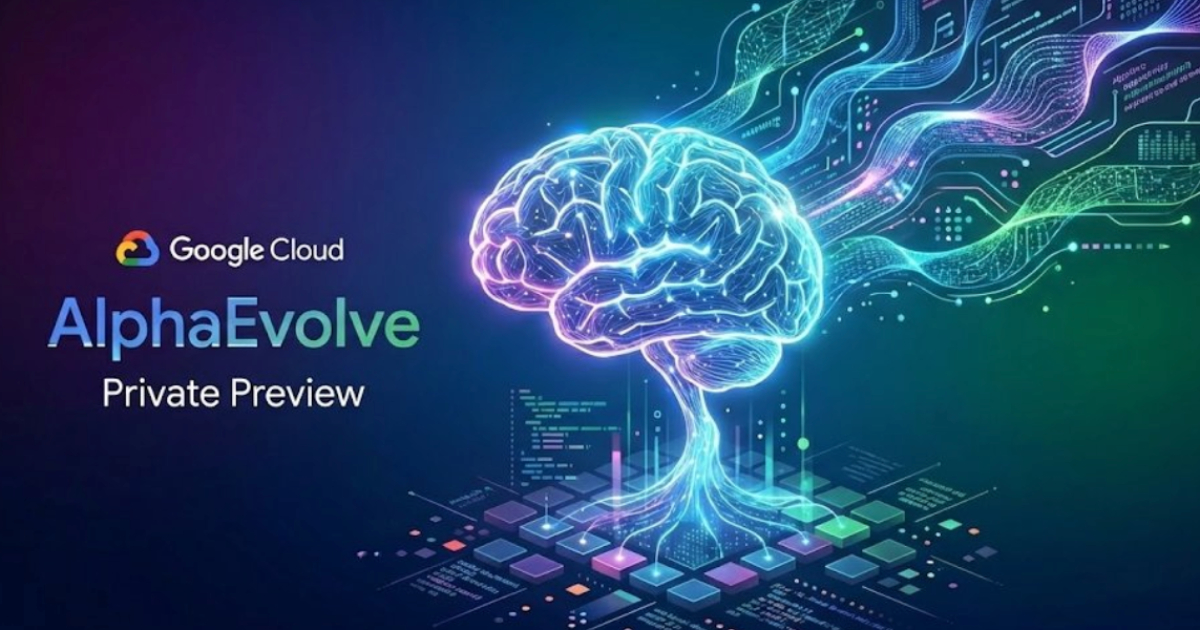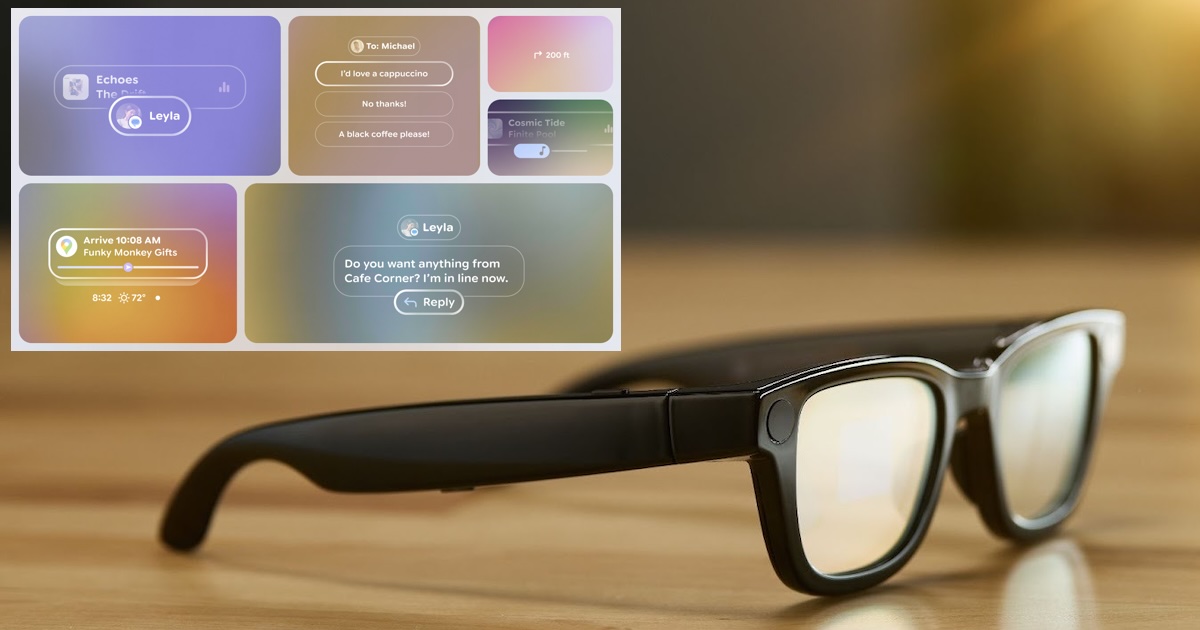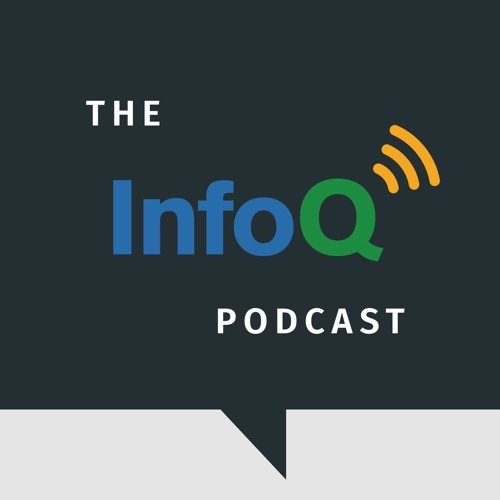Codetown
Codetown ::: a software developer's community
Developing Rich Internet Applications (RIA’s) by combining Flex with Turbogears.
"Flex is a (mostly) open source IDE from Adobe that uses seamlessly combines XML layout definitions with ActionScript programming to create Flash applications. A fairly robust application can be built using the xml layout definitions with minimal ActionScript programming. Flex applications support a wide variety of server-side API’s, including XML and JSON.
Turbogears is an open source web framework written in Python that is similar to Ruby on Rails. Turbogears supports all the major RDBMS’s and uses either SqlAlchemy or SqlObject to provide Object-Relationship-Mapping (ORM) to simplify server side coding. A basic web application can be implemented in just two files: a database model and a controller containing the business logic. Although Turbogears is primarily used with any one of several HTML templating engines, it also supports JSON."
This presentation will focus on rapid development of RIA’s using Flex on the client side with static XML files to simulate server-side responses, then migrate to JSON with a Turbogears backend."
BIO
Fred Sells is employed at Adventist Care Centers where he develops web applications in Python and Java. He has been programming in Python since 1990 and Java since 2000. Prior to this, he was founder and President of Sunrise Software International which developed ezX® a GUI-builder for the Unix environment. Fred has also consulted to The New York Stock Exchange and developed command and control software for the U.S. Navy. He is a graduate of Purdue University and currently working on an MS in Computer Information Science from Boston University.
Tags:
Replies to This Discussion
Notes
Welcome to Codetown!
 Codetown is a social network. It's got blogs, forums, groups, personal pages and more! You might think of Codetown as a funky camper van with lots of compartments for your stuff and a great multimedia system, too! Best of all, Codetown has room for all of your friends.
Codetown is a social network. It's got blogs, forums, groups, personal pages and more! You might think of Codetown as a funky camper van with lots of compartments for your stuff and a great multimedia system, too! Best of all, Codetown has room for all of your friends.
Created by Michael Levin Dec 18, 2008 at 6:56pm. Last updated by Michael Levin May 4, 2018.
Looking for Jobs or Staff?
Check out the Codetown Jobs group.
InfoQ Reading List
AlphaEvolve Enters Google Cloud as an Agentic System for Algorithm Optimization

Google Cloud announced the private preview of AlphaEvolve, a Gemini-powered coding agent designed to discover and optimize algorithms for complex engineering and scientific problems. The system is now available through an early access program on Google Cloud, targeting use cases where traditional brute-force or manual optimization methods struggle due to vast search spaces.
By Robert KrzaczyńskiGoogle Unveils New Tools and Libraries for Building AI Glasses Apps

With the release of the Android XR SDK Developer Preview 3, Google has introduced two new libraries to help developers create AI Glasses experiences, Jetpack Projected and Jetpack Compose Glimmer. ARCore for Jetpack XR has also been expanded to work with AI Glasses, adding motion tracking and geospatial capabilities.
By Sergio De SimonePodcast: Building a More Appealing CLI for Agentic LLMs Based on Learnings from the Textual Framework

Will McGugan, the maker of Textual and Rich frameworks, speaks about the reasoning of developing the two two libraries and the lesson learned. Also, he shares light on Toad, his current project, which he envisions being a more visually appealing way of interacting with agentic LLMs through command line.
By Will McGuganJava News Roundup: Spring Tools 5, TornadoVM, Payara Platform, Hibernate ORM, Spock Framework

This week's Java roundup for December 8th, 2025, features news highlighting: the release of Spring Tools 5.0; milestone releases of Spring AI and Spring Shell; the December 2025 edition of the Payara Platform; point releases of Hibernate ORM and Spock Framework; and maintenance releases of Spring Framework, Micronaut, Apache TomEE and Apache Tomcat.
By Michael RedlichMeta's React Compiler 1.0 Brings Automatic Memoization to Production

Introducing React Compiler 1.0, a game-changing tool that automates optimization for React apps, enhancing performance by up to 12% for faster loads and 2.5x quicker interactions. Compatible with major frameworks and battle-tested at Meta, it simplifies builds with integrated diagnostics. Experience seamless improvement without code rewrites, empowering developers to code smarter.
By Daniel Curtis
© 2025 Created by Michael Levin.
Powered by
![]()